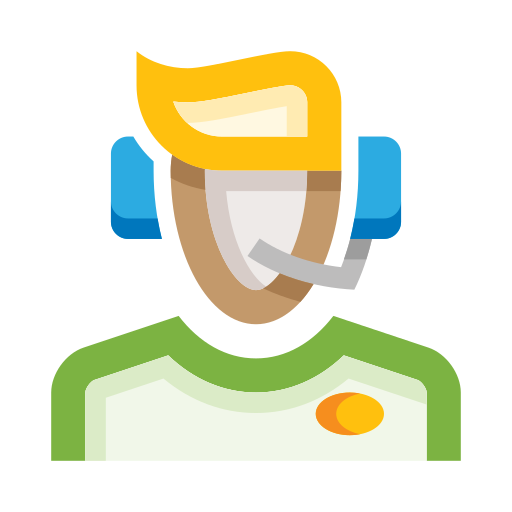
For a lot of people, the ability to drive means having the freedom to go places without relying on others to take you. You are probably itching to get out on the road, but there are a few things you have to do first.
Here’s how to get your license and get driving.
1. Learner’s Permit
Before you get your license, you’ll need to get your permit, and the best way to prepare is with driver education.
As soon as you are 15, you can enroll in a driver education course. Many programs will offer either a traditional classroom class or an online course which will teach you everything you need to know to pass the knowledge examination.
The knowledge examination is based on information in the Indiana Driver’s Manual, and you’ll need to pass to get your permit. Answering multiple-choice questions about traffic maneuvers and traffic signs will demonstrate a basic understanding of Indiana traffic laws and safe driving.
2. Practice Driving
After you get your permit, you’ll be able to start practicing diving to prepare for your road skills test. If you’ve chosen to take a driver education course, they often provide in-car lessons as well.
Make sure you’re practicing between each instructor-led behind-the-wheel session as well. Not only will this help you get better, but it will count toward your Log of Supervised Driving Practice that’s needed to get your license.
You’ll need 50 hours of supervised driving, with at least 10 of those being completed at night. These hours can be completed with your instructor or with another licensed driver over 25 and related to you.
3. Apply for Your License and Take the Skills Test
If you’ve taken a driver education course (both class and behind the wheel), this should be as simple as requesting and scheduling your test with your provider. Often you can take this test as early as age 15 ½ through your driver education provider. If you choose to take the test at the BMV, you must wait until you are at least 16 and 3 months and have held the permit for 6 months.
If you successfully complete a driver education program, you can apply for your license as soon as you are 16 and 3 months and have held your permit for 180 days. You have to wait until 16 and 9 months if you don’t take a driver education course.
When you go to a License Branch to apply for your license, make sure you bring proof of successful completion of a driver education course and your Log of Supervised Driving signed by a parent or guardian.
You Should Know:
If you are under 21, your license is probationary, which means that there are a few restrictions:
- You can’t use your cell phone while driving except to make emergency 911 calls.
- For 180 days after getting your license, you may not drive between 10 p.m. and 5 a.m.
- After you have driven for 180 days but before you’re 18, you can’t drive:
- Saturday and Sunday, between 1 a.m. and 5 a.m.
- Sunday through Thursday, after 11 p.m.
- Monday through Friday, before 5 a.m.
- You may not drive with passengers for 180 days after getting your probationary license unless you also have a licensed instructor or an individual who’s at least 25 years old with a valid driver’s license in the front seat.
Exceptions:
You may drive at any time if you are traveling to or from work, a school-sanctioned activity, or a religious event; or if an individual who’s at least 25 years old with a valid driver’s license is in the front seat.
You may transport your child, stepchild, sibling, step or half-sibling or spouse during the hours allowed by law without another accompanying individual.
If you’re looking for a BMV-approved driver education program, learn more about the CIESC Driver Education program.


